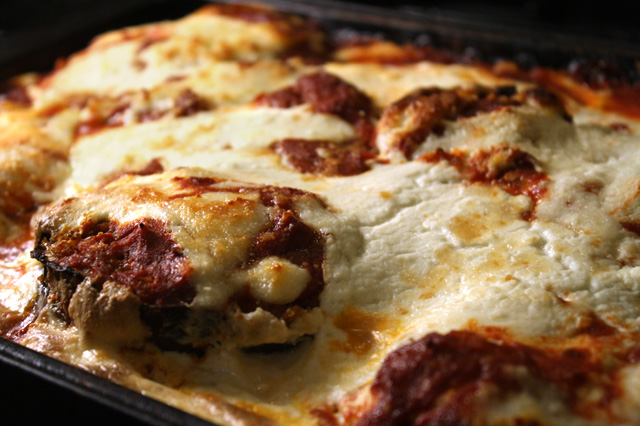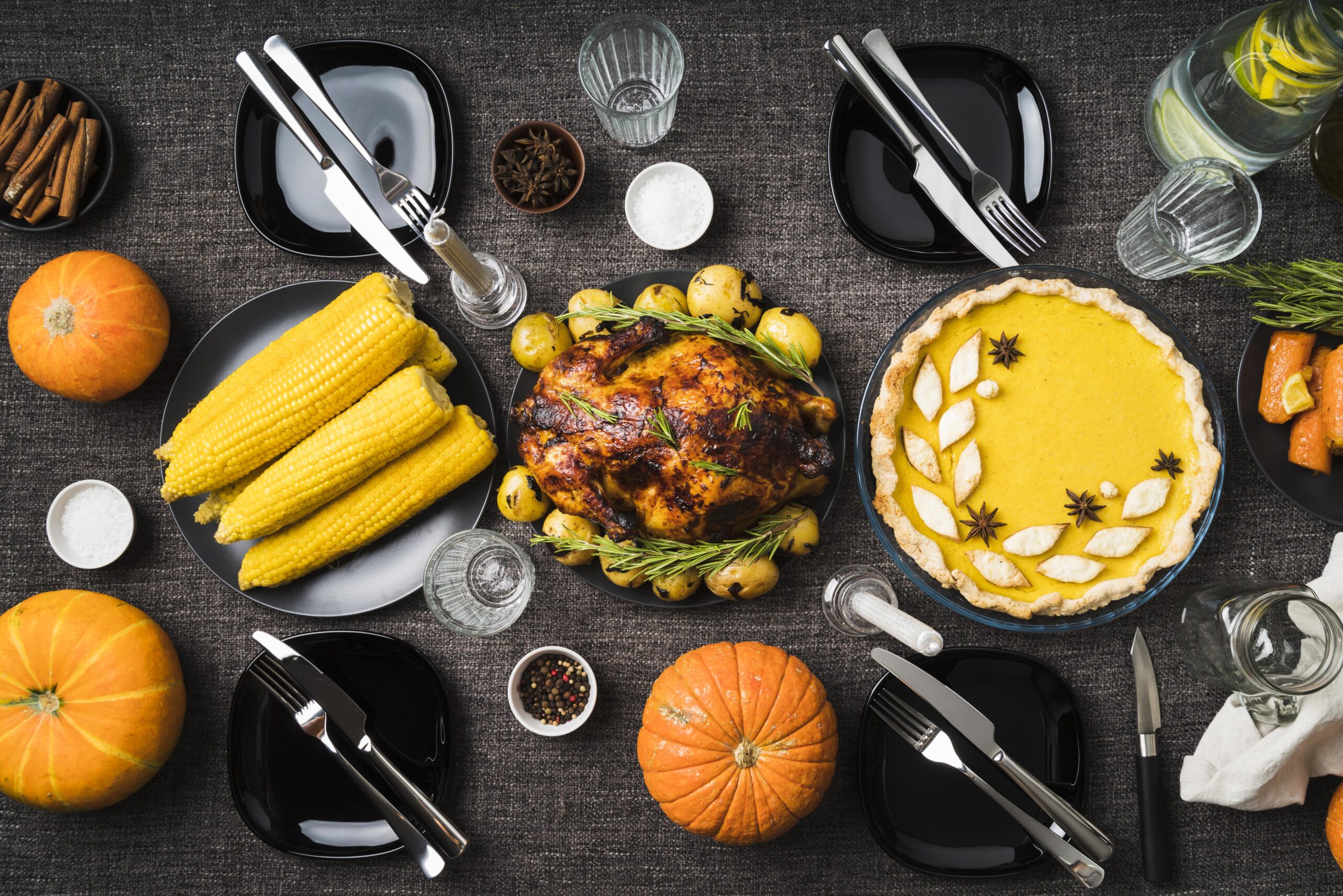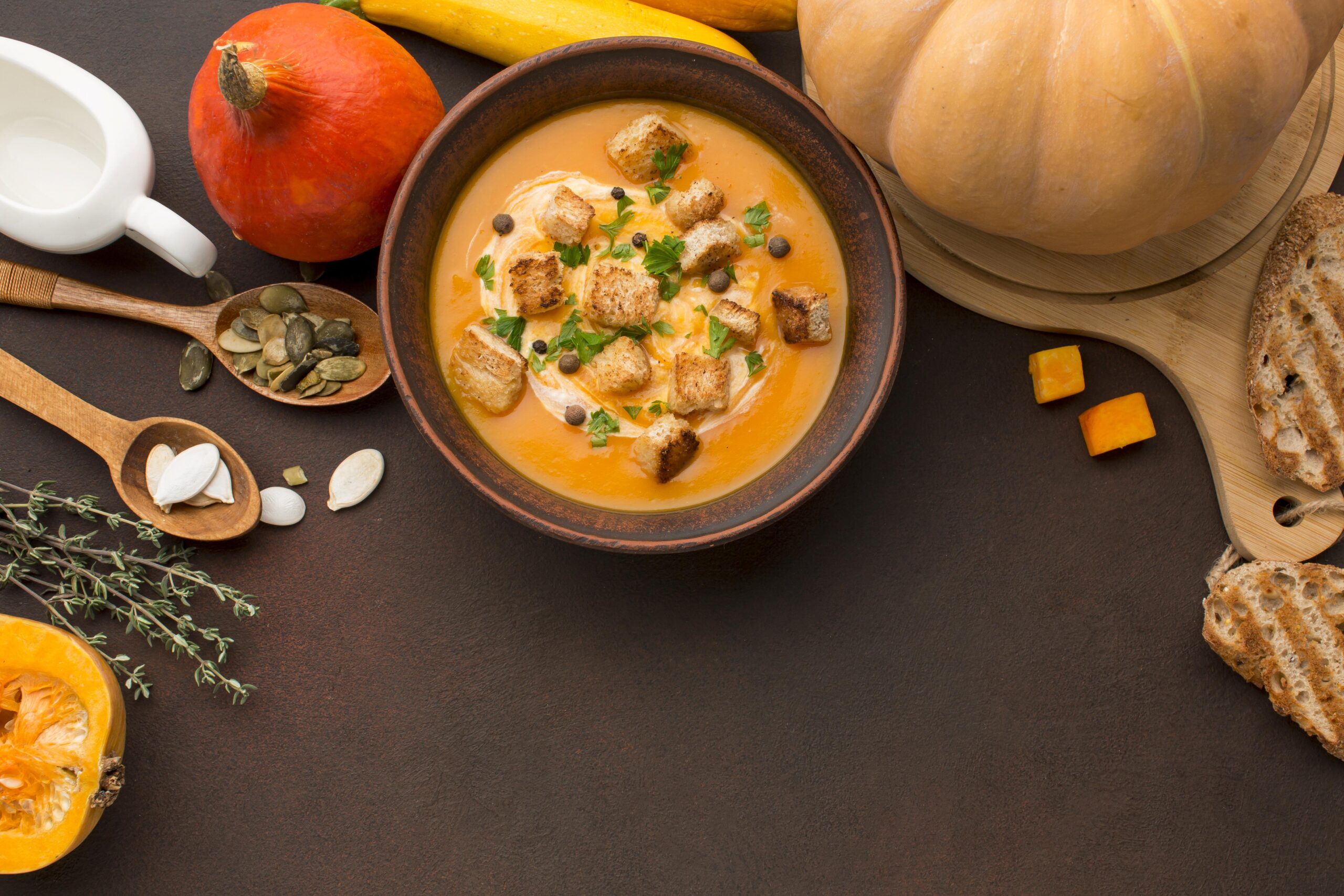Delicious Homemade Eggplant Parmesan Made Simple


As the crisp air of autumn settles in, our culinary cravings shift towards hearty, warming meals that celebrate the bounty of the harvest season. Fall dinner dishes offer an opportunity to embrace rich flavors and comforting textures, making use of seasonal ingredients like squash, pumpkins, and root vegetables. Whether you’re planning a family feast or a cozy dinner for two, exploring new fall recipes can bring a sense of joy and satisfaction to your table. This guide will introduce you to a selection of delicious fall dinner recipes, essential cooking tools, and practical tips to make your autumn cooking experience both enjoyable and efficient.

Fall is a season that inspires creativity in the kitchen, with its diverse array of ingredients and flavors. Here are ten unique fall dinner recipes that are sure to impress and satisfy:
This creamy soup is a fall classic, combining roasted butternut squash with aromatic spices. Garnish with toasted pumpkin seeds for added texture.
Nutrition Facts: 150 calories per serving, 4g protein, 6g fat.
These tender pork chops are simmered in a rich apple cider sauce, bringing out the sweetness of the season. Serve with mashed potatoes for a complete meal.
Nutrition Facts: 320 calories per serving, 28g protein, 12g fat.
A creamy risotto infused with pumpkin puree and parmesan cheese, offering a comforting and savory dish perfect for chilly evenings.
Nutrition Facts: 400 calories per serving, 10g protein, 15g fat.
Acorn squash halves are filled with a mixture of quinoa, cranberries, and pecans, creating a delightful balance of flavors and textures.
Nutrition Facts: 280 calories per serving, 6g protein, 10g fat.
This savory tart features a flaky crust filled with wild mushrooms, thyme, and goat cheese, making it an elegant addition to any fall dinner.
Nutrition Facts: 350 calories per serving, 8g protein, 22g fat.
A hearty stew made with tender beef, pearl barley, and root vegetables, offering a nourishing meal that warms from the inside out.
Nutrition Facts: 450 calories per serving, 30g protein, 18g fat.
Assorted root vegetables are roasted with a maple glaze, highlighting their natural sweetness and making for a perfect side dish.
Nutrition Facts: 180 calories per serving, 2g protein, 7g fat.
This low-carb alternative to traditional carbonara uses spaghetti squash as a base, combined with crispy pancetta and a creamy sauce.
Nutrition Facts: 300 calories per serving, 12g protein, 18g fat.
A twist on the classic pot pie, this version uses a sweet potato crust to encase a savory filling of chicken and vegetables.
Nutrition Facts: 420 calories per serving, 25g protein, 16g fat.
This refreshing salad combines ripe pears, gorgonzola cheese, and candied walnuts over a bed of mixed greens, drizzled with a balsamic vinaigrette.
Nutrition Facts: 250 calories per serving, 5g protein, 12g fat.
To create these delicious fall dinner dishes, having the right cooking equipment is crucial. Here are four essential kitchen tools that will enhance your autumn cooking:
A versatile and sturdy pot, perfect for braising meats and making stews. Its even heat distribution ensures perfectly cooked dishes every time.
Ideal for pureeing soups directly in the pot, saving time and reducing cleanup. This tool is a must-have for any fall cooking enthusiast.
Efficiently slice vegetables for salads, gratins, and more. A mandoline slicer speeds up prep time and ensures uniform cuts.
Essential for roasting vegetables and baking tarts, a good-quality baking sheet is a kitchen staple that no fall cook should be without.
The slow cooker is a home cook’s best friend during the fall season, offering a convenient way to prepare hearty meals with minimal effort. Here are three tips to maximize its potential:
Place denser vegetables like potatoes and carrots at the bottom of the cooker for even cooking, while meats and softer vegetables should go on top.
To ensure proper cooking, fill your slow cooker no more than two-thirds full. This allows for adequate heat circulation and prevents spills.
Opt for tougher cuts of meat, such as chuck roast or pork shoulder, which become tender and flavorful after slow cooking.
For those following a gluten-free diet, fall offers an abundance of ingredients that can be used creatively in gluten-free recipes. Here are five alternatives to consider:
A nutrient-rich grain substitute that works well in salads, soups, and as a stuffing for squash.
Perfect for baking gluten-free breads and desserts, almond flour adds a nutty flavor and moist texture.
These noodles are an excellent base for gluten-free pasta dishes, absorbing the flavors of your chosen sauces beautifully.
Use cornmeal to make gluten-free cornbread or as a coating for fried foods, providing a deliciously crunchy texture.
High in fiber and low in carbs, coconut flour is ideal for cakes and muffins, adding a subtle sweetness to baked goods.
Butternut squash is a quintessential fall ingredient, known for its versatility and sweet, nutty flavor. It can be used in a variety of dishes, from soups to salads. Here are some tips for incorporating butternut squash into your fall meals:
Roasting butternut squash caramelizes its natural sugars, enhancing its flavor. Use roasted cubes in salads, pasta dishes, or as a side dish.
Pureed butternut squash can be used as a base for soups, sauces, or even risotto, providing a creamy texture without the need for dairy.
Halve the squash and remove the seeds, then fill with a mixture of grains, nuts, and dried fruits for a visually appealing and delicious main course.

Preparing fall dinner dishes doesn’t have to be time-consuming. Here are some strategies to help you create delicious meals even on the busiest of weeknights:
Set aside time each week to plan your meals and prep ingredients in advance. This reduces stress and ensures you have everything you need on hand.
One-pot meals minimize cleanup and make the cooking process more efficient. Look for recipes that incorporate multiple food groups for a balanced meal.
Prepare larger quantities of meals and freeze portions for later use. This is especially useful for soups, stews, and casseroles.
High-quality tools can significantly reduce prep time and improve cooking efficiency. Consider upgrading essentials like knives and cutting boards.
By exploring these fall dinner dishes and incorporating practical cooking techniques, you can make the most of the season’s flavors and enjoy hearty, satisfying meals throughout the autumn months. Whether you’re using a slow cooker for convenience or experimenting with gluten-free alternatives, fall is the perfect time to get creative in the kitchen and savor the tastes of the harvest.